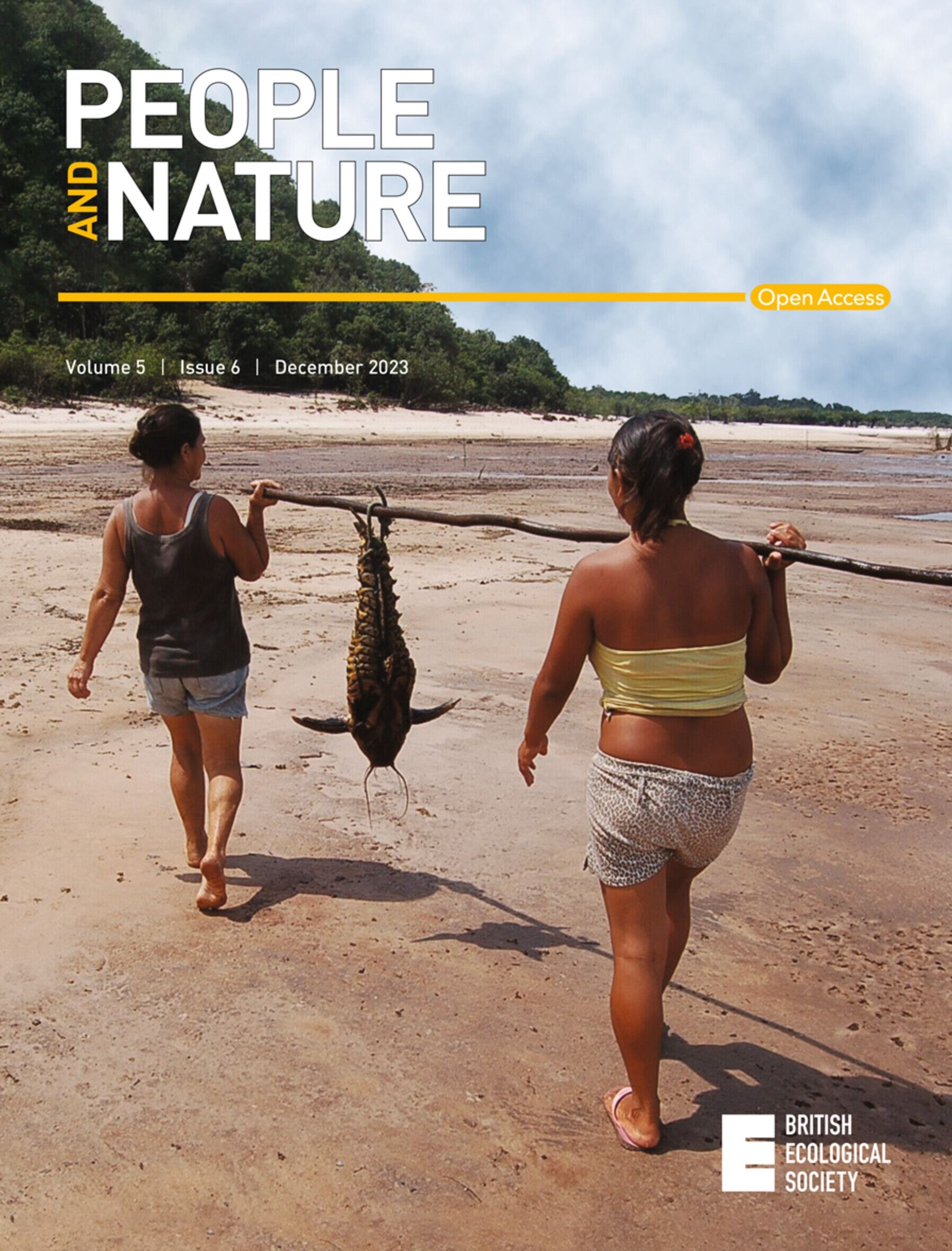Plural valuation in southwestern Ethiopia: Disaggregating values associated with ecosystems in a smallholder landscape
IF 4.9
1区 环境科学与生态学
Q1 BIODIVERSITY CONSERVATION
引用次数: 0
Abstract
Recognizing the diversity of preferences for, and values ascribed to, ecosystems in decision‐making can help to realize more sustainable and equitable policies for transformative change. The goal of this paper was to assess how rankings of ecosystem products (i.e. their relative importance in people's lives) relate to people's individual characteristics, their social–ecological context and the values they ascribe to each ecosystem product. In our case study in southwestern Ethiopia, we considered 11 ecosystem products and four value types (direct use, exchange, relational, intrinsic). We used descriptive statistics, hierarchical clustering and chi‐square tests of independence to analyse the data. On average, maize and teff were ranked as most important, and direct use and relational value were the most important value types. Beneficiaries often ascribed multiple values to each ecosystem product, and direct use and relational values better explained overall importance rankings than exchange or intrinsic values. Five groups of beneficiaries, who each prioritized a different set of ecosystem products, differed in their occupation, and in their social–ecological context, in terms of the villages they lived in and the ecosystem products they produced. Beneficiaries in each of the five groups ascribed different value types to their prioritized ecosystem products, and these did not always align with the value types that were generally judged most important by the group. We recommend that sustainable landscape management should reflect the diversity of people's value ascription, including non‐exchange values. Read the free Plain Language Summary for this article on the Journal blog.埃塞俄比亚西南部的多元估值:分解小农景观中与生态系统相关的价值
在决策过程中认识到人们对生态系统的偏好和赋予生态系统的价值的多样性,有助于实现更可持续、更公平的变革政策。 本文的目标是评估生态系统产品的排名(即它们在人们生活中的相对重要性)与人们的个人特征、社会生态环境以及他们赋予每种生态系统产品的价值之间的关系。 在埃塞俄比亚西南部的案例研究中,我们考虑了 11 种生态系统产品和四种价值类型(直接使用、交换、关系、内在)。我们使用了描述性统计、分层聚类和独立的卡方检验来分析数据。 平均而言,玉米和茶叶被列为最重要的价值,直接使用价值和关系价值是最重要的价值类型。受益人通常对每种生态系统产品赋予多重价值,直接使用价值和关系价值比交换价值或内在价值更能解释整体重要性排名。 五组受益人各自优先考虑一组不同的生态系统产品,他们的职业和社会生态环境各不相同,包括他们所居住的村庄和他们生产的生态系统产品。五个小组中每个小组的受益人都为其优先考虑的生态系统产品赋予了不同的价值类型,而这些价值类型并不总是与该小组普遍认为最重要的价值类型一致。 我们建议,可持续景观管理应反映人们价值归属的多样性,包括非交换价值。 在期刊博客上免费阅读本文的通俗语言摘要。
本文章由计算机程序翻译,如有差异,请以英文原文为准。
求助全文
约1分钟内获得全文
求助全文

 求助内容:
求助内容: 应助结果提醒方式:
应助结果提醒方式:


